Huge amounts of marine debris enter the ocean and Great Lakes every year, from large abandoned and derelict vessels and fishing gear, to plastic bottles, food wrappers, and other trash, and even tiny pieces of plastic that you can’t see with the human eye! But once our trash is in the ocean, what happens to it? How long does it last, and can we ever say that it’s gone? Unfortunately, when we talk about degradation rates, or the amount of time something takes to break down in the marine environment, the answer isn’t simple.
Marine debris is made up of many different types of human-made materials, including paper, metals, glass, textiles, and plastic. These materials break down in different ways, making it difficult for us to understand how long they will last once they get into our ocean or Great Lakes. Although you may hear that it takes hundreds of years for some items to degrade, there are many different factors that can cause an item to break down quickly, or not at all! For plastics, exposure to sunlight, water, microorganisms, such as bacteria, fungi, and algae, the temperature of the environment, the amount of oxygen, and the location of an item can all contribute to how marine debris breaks down.
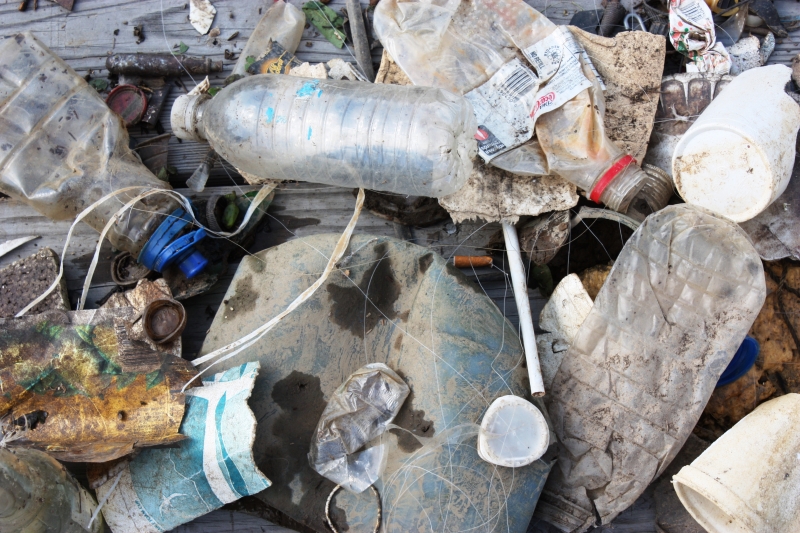
It’s especially difficult to understand how human-made materials, such as plastics, degrade in the marine environment. Not all plastics are created the same, and the name “plastic” is used to describe a wide range of human-made polymers. These materials are used to make many different products, including food and beverage packaging, plastic bags, electronics, medical devices, car parts, appliances, and more. During manufacturing, chemicals (called additives) are added to plastics to give them different qualities, such as flexibility, bright colors, and resistance to sunlight and fire. Because plastics can come in so many different forms and with so many additives, it can be even more difficult to understand how long something made of plastic takes to degrade. In fact, some plastics may fragment into tinier and tinier pieces, and never fully go away.
Even plastics labeled as “bio-based” or “biodegradable” that may break down in industrial composting facilities, or under very specific conditions, are not designed to quickly break down in household compost piles, soil, or in aquatic environments. Plastics of all types, even those labelled as biodegradable, could stay in the ocean and Great Lakes for an indefinite amount of time.
What do we know about how long it takes for plastics and other marine debris to degrade?
We may not know exactly how long it takes for plastic and other materials to break down, but we do know that some plastics will break up into pieces when exposed to the sun, or tossed and rolled in waves along the beach. Plastics that have chemicals that keep them from degrading in sunlight or make them resistant to heat may last much longer than plastics without these additives.
We also know that the location of marine debris plays a big role in how it breaks down. If a piece of plastic is at the surface of the water where there’s lots of light, oxygen, warm temperatures, and waves, it might break down faster than a piece of plastic that sits on the sea floor in dark and cold waters, though some microorganisms in the sediment may play a role in breaking down certain types of plastic.
Why don’t we know more?
Marine debris touches every corner of our ocean, and that means we find it in a lot of different places and environments around the world. Although researchers are working to understand how different materials break down, the way marine debris breaks down in a lab may be very different than how it degrades in many different types of natural environments.
Some human-made materials are also relatively new. Although you may not remember a time without plastics, they haven’t been around for very long in human history! Plastics didn’t start being mass produced and used regularly in households until the mid-1900s, or about 75 years ago, but we do know that they are a persistent and long lasting material. With such a short history of plastics, the absence of reliable data, and only a few peer-reviewed studies exploring these topics, there is still a lot about plastics in the ocean and Great Lakes that we don’t know, including how long they last or if some materials will ever fully go away.
Marine debris is a complex issue with many uncertainties, and we still have a lot to learn about degradation. There are actions we can all take to help reduce the impacts of marine debris and keep it from getting into our ocean and Great Lakes in the first place! Learn more on our How to Help page about the ways you can make a difference, no matter where you live.

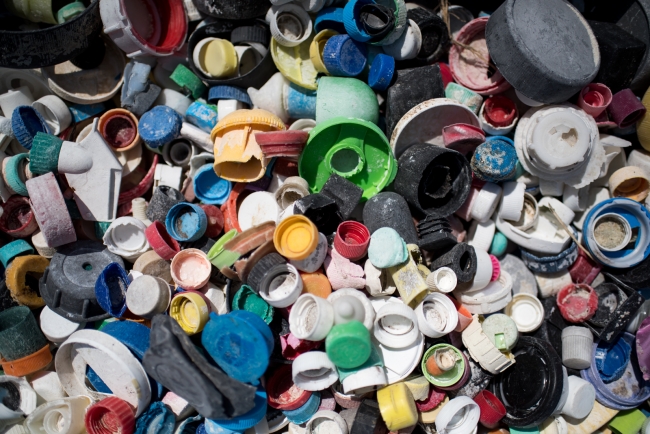
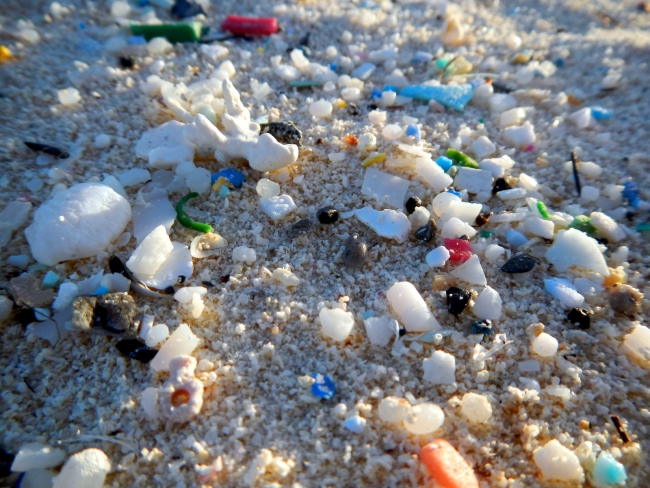
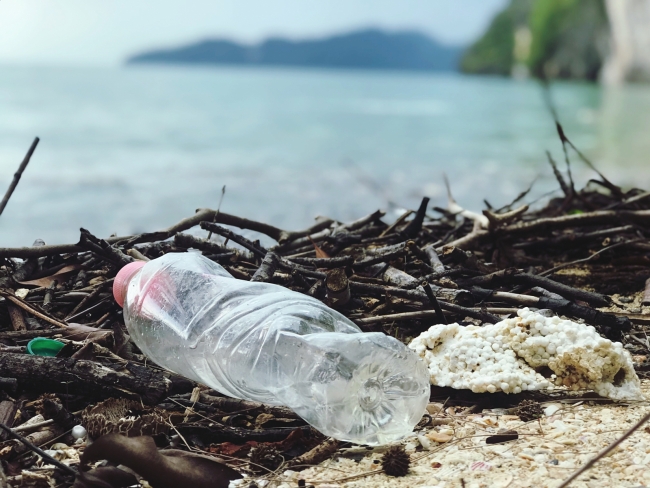
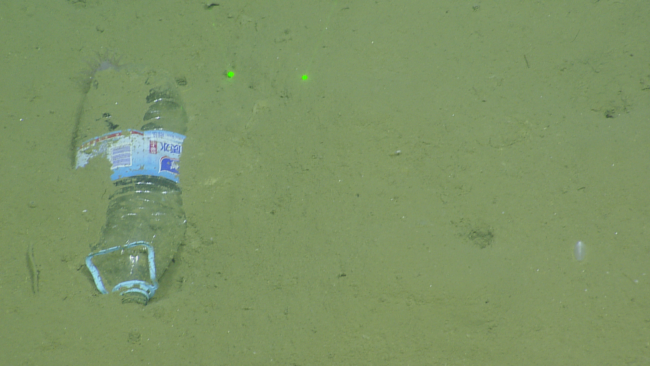
Nearly 13 million metric tons of plastic garbage enter into the sea each year.
We need to protect our ocean from being polluted.
Thanks for sharing this with us.
Let's hope for the best.